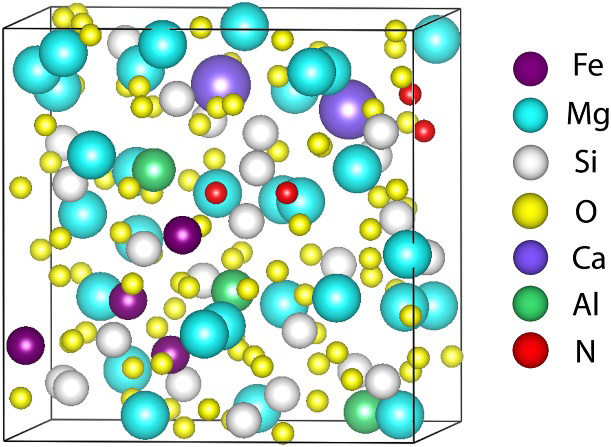Composition and internal structure of Mars

The success of the InSight mission in recording seismic events occurring on Mars has afforded an unprecedented look into the interior of the Red Planet. As the terrestrial planet furthest from the Sun, understanding its origin provides key constraints as to how the early Solar System developed. Geophysical inversion of Mars’ mass and moment of inertia, together with recent InSight observations, indicate that Mars is not as iron-rich as first thought (Khan et al. 2022). This implies a higher density core, yet, it remains much less dense than pure liquid Fe at the same pressures and temperatures, and thus requires significant quantities of light elements, notably S, C, O and H as shown by ab-initio simulations (Huang et al. 2023). Despite its distal location, the isotopic composition of the volatile element Zn in Mars shows more affinity with chondrites thought to have formed in the inner solar system (Paquet et al. 2023). These properties indicate that Mars is a volatile-rich planet, and may contain more water (relative to its mass) than does the Earth. The group collaborates frequently with the Seismology and Geodynamics and Experimental Mineral Physics groups to provide an interdisciplinary perspective on the physicochemical properties of Mars.
Researchers
- Amir Khan
- Christian Liebske
- Dongyang Huang (now Assistant Professor, Peking University)